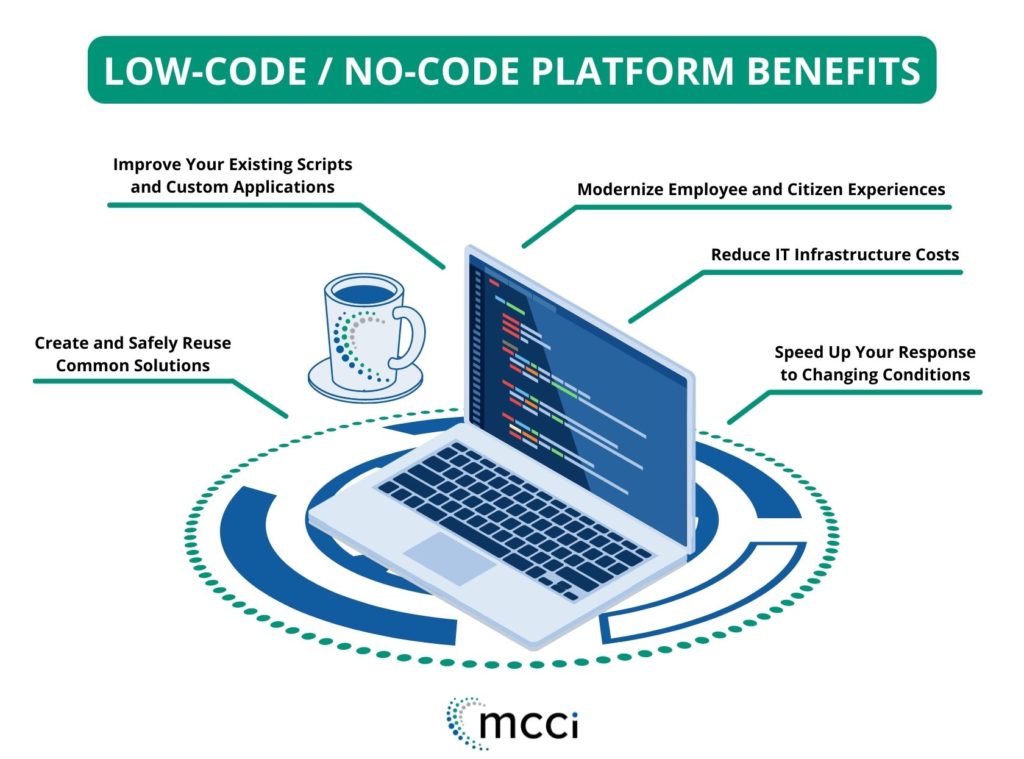Digital Transformation Offices and IT Departments both shape progress. Each approach offers a path for businesses. This guide highlights the differences, the potential drawbacks, and the reasons to choose one approach over the other.
Introduction
Many organizations seek the right structure. They want to save resources, boost efficiency, and inspire employee confidence. Some businesses prefer an IT Department, while others consider a Digital Transformation Office. This article explores both options, giving you a clear view of their operations, responsibilities, and possible pitfalls.
“Our mission is to align technology with business goals. We make processes simpler, not more complicated,” says Tamer Badr, the owner of Singleclic.
What Is a Digital Transformation Office?
A Digital Transformation Office focuses on strategy. It aligns technology initiatives with business priorities. The team plans solutions that may include cloud migration, new software, and staff training. These actions can affect company culture and future plans.
Core Duties:
- Strategy Creation: The group sets goals for all digital projects.
- Process Redesign: The office updates workflows for better efficiency.
- Collaboration: It unites teams across the company.
- Project Oversight: It manages milestones and keeps everyone informed.
Possible Drawbacks:
- Higher Costs: Specialists and strategic tools can be expensive.
- Coordination Issues: Changes can confuse employees who lack training.
Visit Digital Transformation Office at Singleclic for more insights on how a specialized office can refine your processes.
What Is an IT Department?
An IT Department handles day-to-day technical tasks. It sets up servers, maintains networks, and fixes hardware. The team usually supports internal operations. It ensures that the systems remain stable.
Key Tasks:
- Infrastructure Maintenance: Server management and hardware repairs.
- User Support: Help desks address software or hardware issues.
- Security Enforcement: Firewalls, anti-virus solutions, and backups.
- Software Updates: Regular patches and version upgrades.
Potential Drawbacks:
- Limited Vision: The team often focuses on immediate tasks, not broader change.
- Resource Strain: Maintaining old systems can hinder future planning.
People Are Always Asking
Individuals want to know if a Digital Transformation Office replaces an IT Department. Some ask if one team can do both jobs. Others wonder if they should invest in a full transformation strategy or keep existing operations. This confusion shows a real need for clear comparisons.
Differences at a Glance
- Scope
- Digital Transformation Office: Emphasizes large-scale changes.
- IT Department: Focuses on operational stability.
- Leadership
- Digital Transformation Office: May have senior advisors planning growth.
- IT Department: Often led by a chief information officer or IT manager.
- Approach
- Digital Transformation Office: Looks at future trends and strategy.
- IT Department: Delivers immediate fixes and support.
- Impact
- Digital Transformation Office: Alters processes and culture.
- IT Department: Maintains current infrastructure.
Why Do Some Businesses Pick One Over the Other?
Digital Transformation Office
- Companies aiming for a shift in operations may opt for a specialized unit.
- Leadership might see the need for a structured approach.
- Stakeholders want clarity on resource allocation and potential benefits.
Tamer Badr states: “Businesses might require a clear, strategic plan. A Digital Transformation Office leads that charge. Yet an IT Department can keep essential systems running.”
IT Department
- Organizations with stable processes value a reliable support team.
- Some industries rely on routine updates rather than major shifts.
- Leaders may hesitate to invest in new roles if the current setup meets basic needs.
References
- Gartner Reports: Research on technology governance.
- Forbes Technology Council: Opinions on digital innovation.
FAQs
- Can an IT Department evolve into a Digital Transformation Office?
- Yes. Some businesses expand an IT Department’s role, adding strategic planning and collaboration tasks. However, staff might need new skills and guidance.
- Is one approach always cheaper than the other?
- Not necessarily. An IT Department might offer stable budgets over time, but a Digital Transformation Office can deliver greater returns if aligned with business goals.
- How does each group handle security?
- Both focus on security. An IT Department often handles daily security tasks. A Digital Transformation Office looks at security in a wider context, considering future changes.
- Do I need both?
- Larger organizations might invest in both. Others might adapt their IT Department for broader responsibilities.
Reviews
Sam from a Medical Practice: “We relied on our IT Department for simple fixes. We realized we needed a bigger strategy. A Digital Transformation Office helped us adopt new software and train our staff.”
Lana from a Logistics Firm: “Our IT Department did a good job. But they lacked big-picture thinking. We considered a dedicated office to plan improvements and measure outcomes.”
Mark from a Retail Chain: “We had an IT Department. We later added a small transformation team. Together, they introduced online systems for our customers.”
How to Decide Which One You Need
- Assess Your Goals
- Do you want new strategies or do you need steady maintenance?
- An IT Department handles technical stability. A Digital Transformation Office steers broader changes.
- Evaluate Your Budget
- A Digital Transformation Office needs expert staff and strategic tools.
- An IT Department might keep expenses predictable but offer fewer forward-thinking actions.
- Measure Internal Capabilities
- Skilled employees can adapt to new roles with proper training.
- Smaller teams might struggle with multiple responsibilities.
- Consider Leadership Buy-In
- Senior leaders should support changes.
- A transformation plan requires commitment from executives.
Tamer Badr adds: “We see businesses flourish when leaders invest in a comprehensive plan. Still, an IT Department remains crucial for daily tasks. Balance is key.”
Potential Drawbacks and Cautions
- Digital Transformation Office:
- May disrupt current operations.
- Could cause tension between new and old processes.
- IT Department:
- Might overlook strategic opportunities.
- Limited innovation if the team lacks fresh ideas.
Final Thoughts
Both a Digital Transformation Office and an IT Department serve important roles. Many organizations blend these functions. That mix can produce stable operations and strategic growth. The choice depends on your goals, resources, and immediate needs.
If you aim for a clear structure with a strategic plan, consider a Digital Transformation Office. If you need daily support and maintenance, an IT Department can be enough. Some companies benefit from both.
Tamer Badr says: “There is no single formula. You must focus on your targets and select the path that fits best.”









